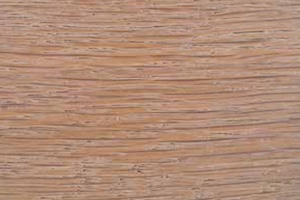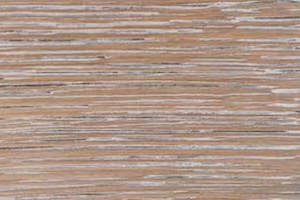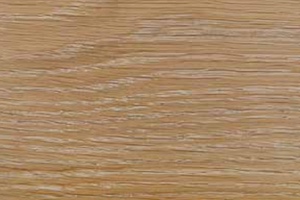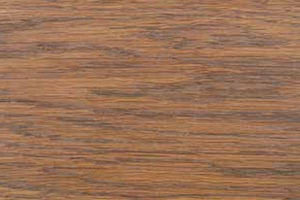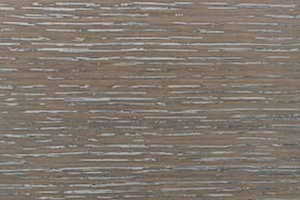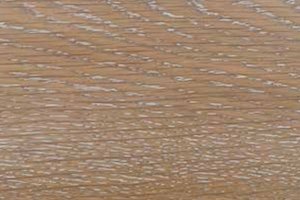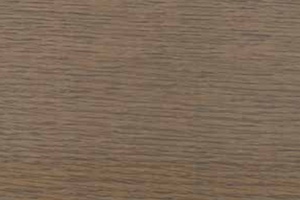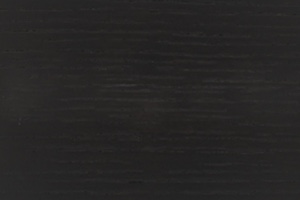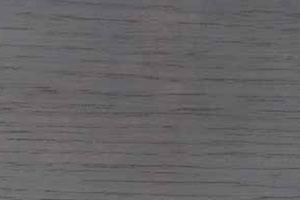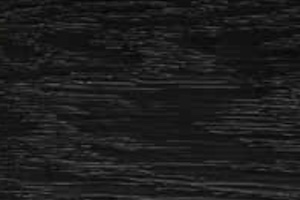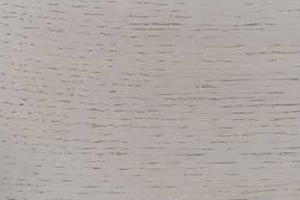Woods
Cabinets are assembled prior to finishing. We use a catalyzed conversion varnish, the most durable, non-yellowing topcoat available today. Choose from a beautiful array of standard stains and glazes that reflect today’s fashions. Have something truly unique in mind? Trust our finish experts to develop a special, one of a kind finish to achieve your desired look.
Walnut
A highly desirable, finely grained hardwood with dark tan to brown heartwood and creamy white sapwood. Walnut generally has fairly straight grain but produces more types of figures than any other wood. It darkens with age and exposure to light though more slowly than cherry.
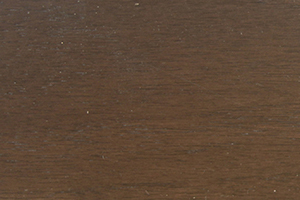
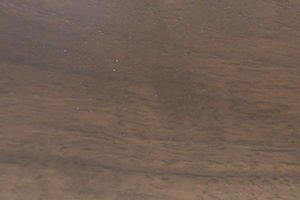
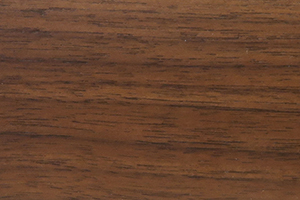
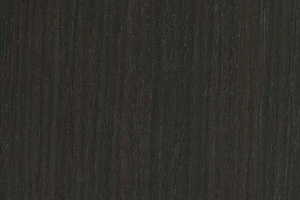
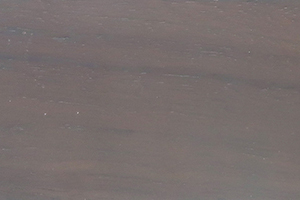
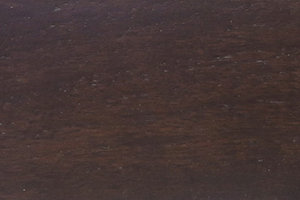
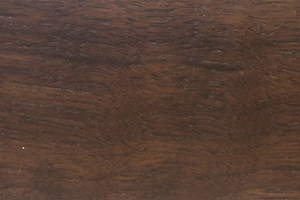
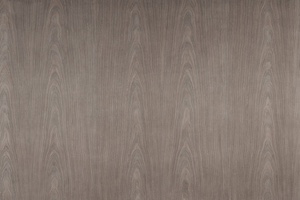
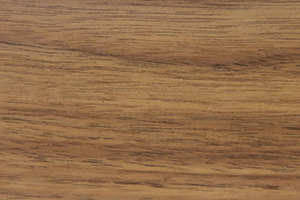
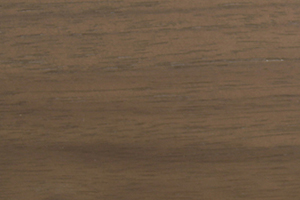
White Oak
Quarter Sawn White Oak
Heartwood is light brown; some boards may have a pinkish tint or a slight grayish cast. Sapwood is white to cream. The grain of this hardwood is open, with longer rays than red oak. Figuring due to pronounced rays, interlocked and wavy grain are brought out more conspicuously than red oak.
Rift Sawn White Oak
Has a consistent wood grain structure with a very open grain. The overall color is tan but varies from light to medium tan to shades of gray. The straight grain pattern makes Rift Sawn White Oak ideal for use with contemporary designs.
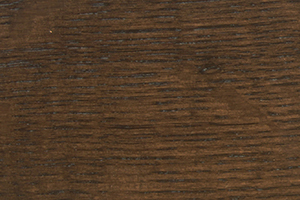
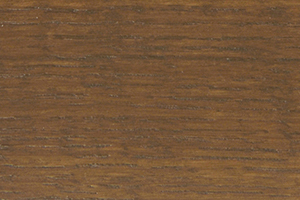
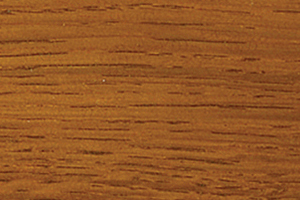
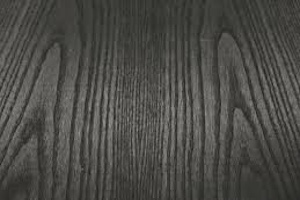
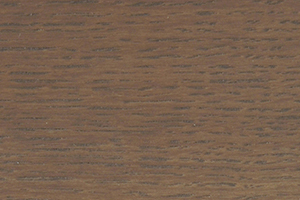
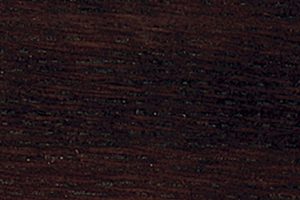
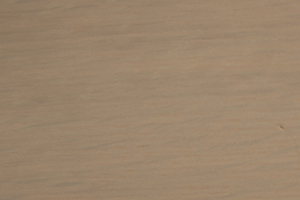
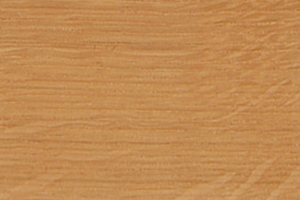
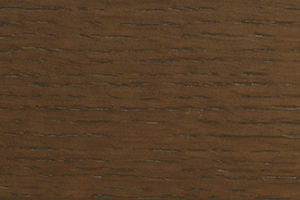
Alder
A fine, straight grained wood species with a uniform color from light tan to reddish brown. Takes stain well and is a species that is easy to distress creating many design opportunities for the homeowner.
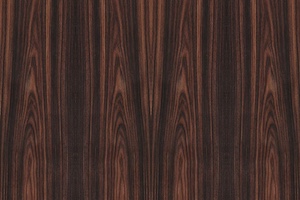
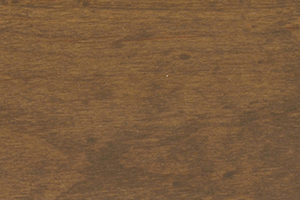
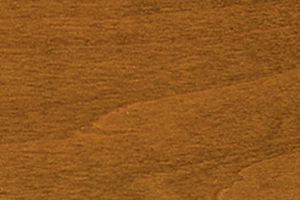
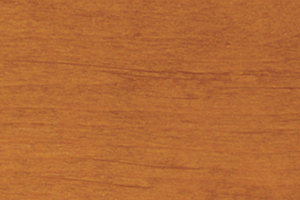
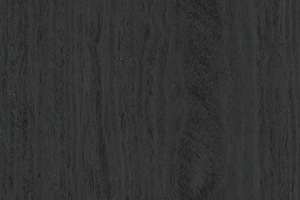
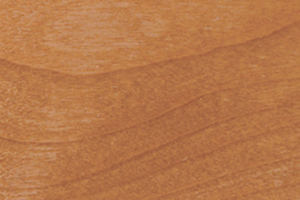
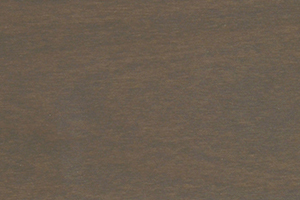
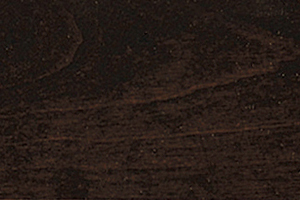
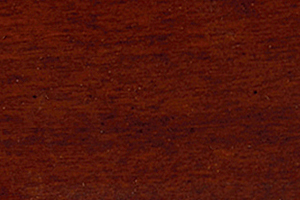
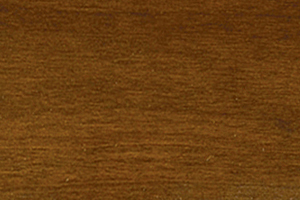
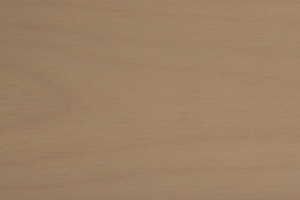
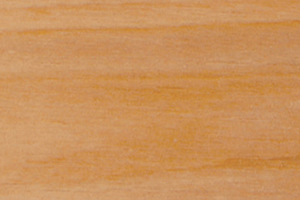
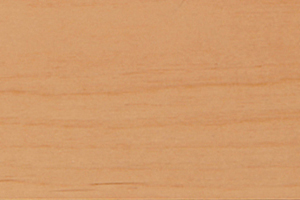
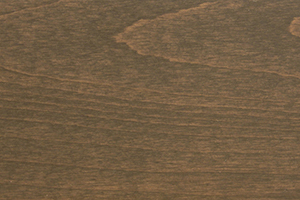
Cherry
A fine textured hardwood with a prominent figure and a beautiful, warm pink color. Cherry may have occasional natural features such as pecks, small pitch pockets and mineral streaks all of which contribute to the uniqueness of this species. Cherry ages gracefully, acquiring a rich patina that continues to darken over time further enhancing its beauty and warmth.
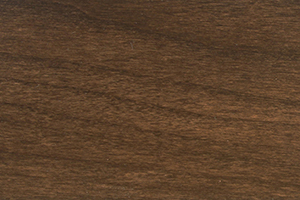
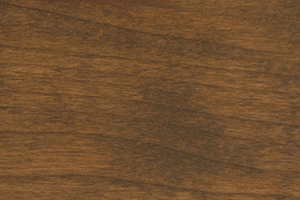
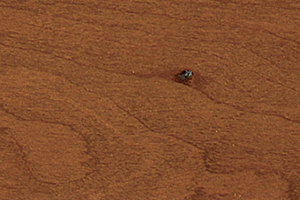
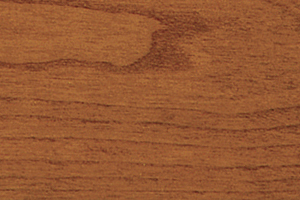
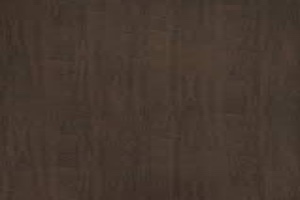
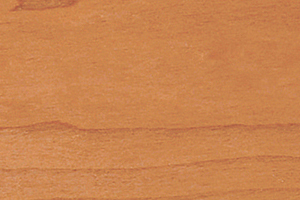
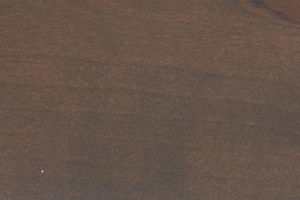
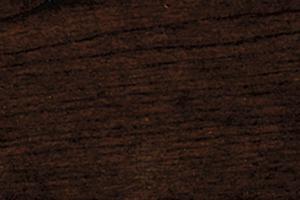
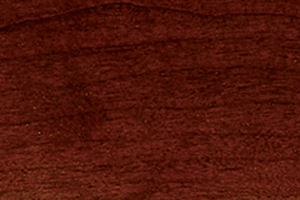
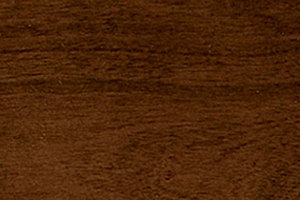
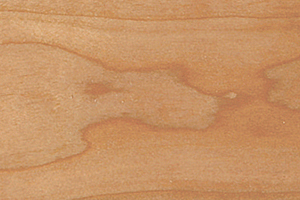
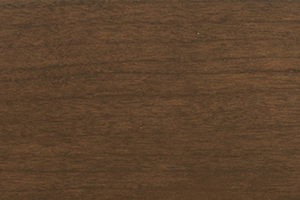
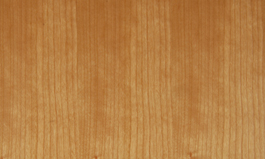
Maple
A strong, fine textured hardwood which has a subtle grain figure. The color tends to be a light, creamy tan. Maple is known as one of the heavier and denser woods available and is very sturdy. Maple has some naturally occurring features such as an occasional mineral streak, to the more spectacular birds-eye, burl, fiddleback or quilting.
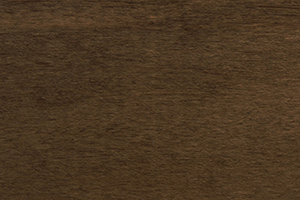
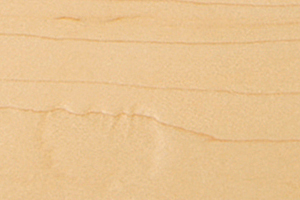
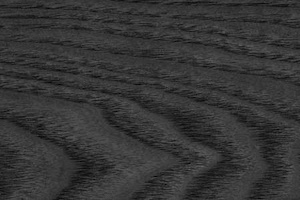
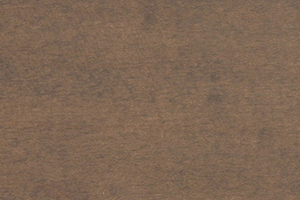
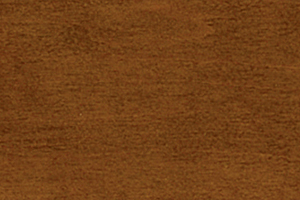
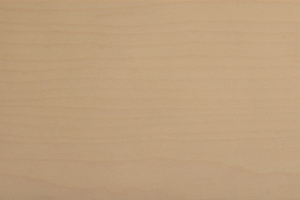
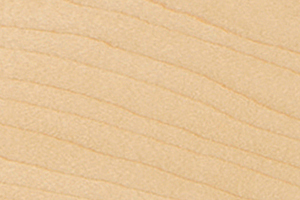
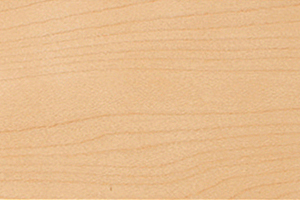
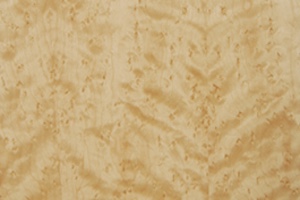
Manufactured Veneer
Manufactured or composite veneers are produced from a solid block of dyed veneers typically made from a plentiful wood called obeche. Their consistency in grain and color makes them ideal for achieving a uniform appearance which is particularly important when “horizontal grain” is specified. Available in natural finish only.
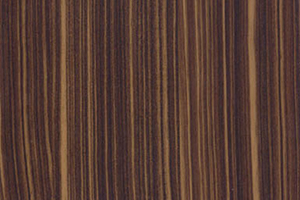
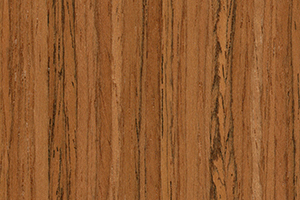
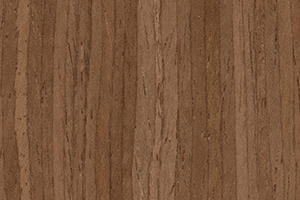
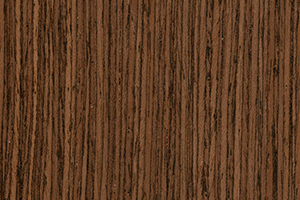
Select Woods
A curated selection of unique woods beyond the standard options. From rich mahogany to Lyptus, our images showcase the natural beauty of each wood’s grain and color. Choose from a variety of stains and finishes to create a look that’s uniquely yours.
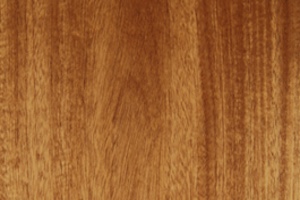
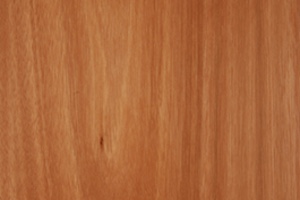
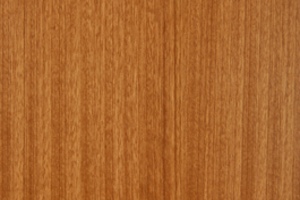
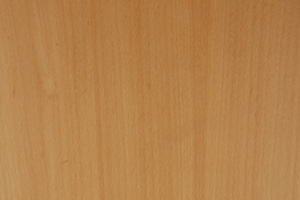

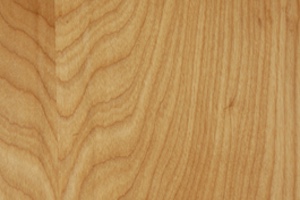
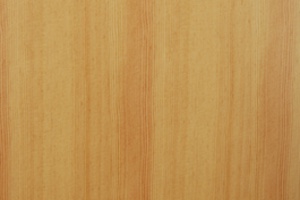
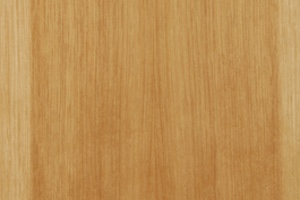
Nude Impressions
The beauty of this finish allows the natural qualities of the wood itself to show through. Rift White Oak varies in color from shades of light-medium tan to shades of gray with occasional shades of pink or green due to the variations in minerals and acids in the soil where the tree was grown. This finish process will expose the dramatic variations in graining and color that is inherent in wood and are considered acceptable from door to door, or cabinet to cabinet.
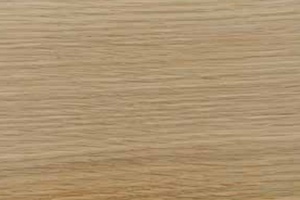
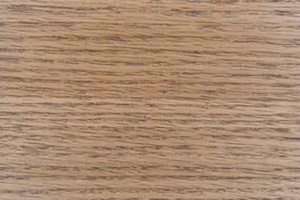
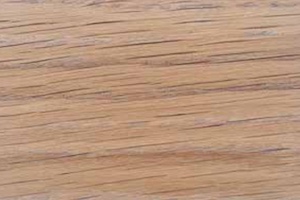
Yellowstone Impressions
Yellowstone Impressions will have variation highlighting the natural characteristic of Rustic White Oak. There will be random knots and imperfections naturally combined with color variation of pale yellow-brown to biscuit tone with a pinkish tint. This variation is acceptable, and a desired look.
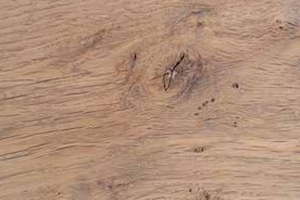
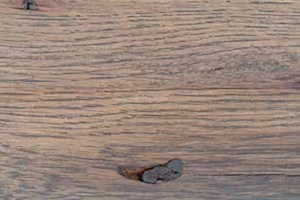
Cerused Impressions
Cerused Impressions are completely dependent on the graining of the wood used and variability in the finish is to be expected. Plain Sliced White Oak and Rift Sawn White Oak were chosen as our standard wood for these finishes as it has a more consistent grain structure, but pores do vary from small, tight pores to more open, soft pores. This affects the amount of pigment which remains as hang up in our cerusing process. This variation may range from subtle to more apparent and can occur from door to door, or stave to stave within a door.
Some cerused finishes may be done on natural wood and it is important to understand that the natural qualities of the wood will show through the cerusing. Plain Sliced White Oak and Rift Sawn White Oak varies in color from shades of light to medium tan, to shades of gray with occasional shades of pink or green. Color variations in wood are the result of minerals and acids found in the soil where the tree was grown. Variations in graining and color are inherent in wood and are considered an acceptable and desirable outcome of the finish.
